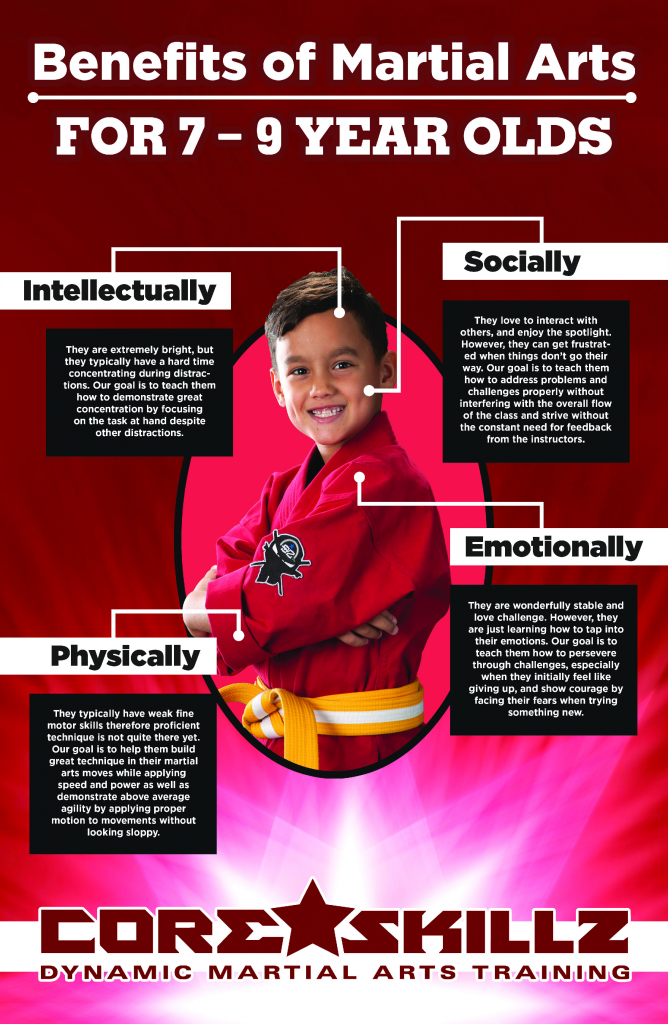The Background And Development Of Martial Arts: From Old Beginnings To Modern Techniques
The Background And Development Of Martial Arts: From Old Beginnings To Modern Techniques
Blog Article
Authored By-Busk Frye
Enter the globe of martial arts, where ancient origins and modern-day methods collide in an exciting trip of self-control and self-discovery.
As you look into the background and development of this fascinating art form, prepare to be captivated by the cultural influences, technical innovations, and extensive ideology that have formed it over centuries.
From the battlefields of old worlds to the training grounds these days, martial arts have stood the test of time, regularly adjusting and growing.
Each strike, each motion, carries with it the weight of plenty of years of tradition and wisdom, passed down with generations. This is a tale of strength, of warriors who looked for not just physical expertise, but additionally self-confidence and consistency.
Join us on this remarkable expedition as we discover the tricks, the legends, and the transformational power of martial arts.
Prepare to be motivated, challenged, and forever altered by the background and development of martial arts.
Social Impacts on Martial Arts
As you discover the history and evolution of martial arts, you'll rapidly discover the interesting ways in which cultural influences have actually formed these fight methods.
From the old worlds of China and India to the a lot more current growths in Japan and Brazil, martial arts have been greatly influenced by the societies in which they originated.
For instance, Chinese martial arts, such as Kung Fu and Tai Chi, are deeply rooted in the ideology of Taoism and the concept of Yin and Yang.
In contrast, Japanese martial arts, like Karate and Judo, mirror the samurai warrior traditions and the worths of technique and honor.
Similarly, aikido for older adults fighting style, Capoeira, integrates aspects of African dance and music, reflecting the social heritage of African slaves in Brazil.
These cultural influences not just give each martial art its distinct features however also supply a much deeper understanding of the historic and social contexts in which they developed.
Technical Advancements and Martial Arts
With the surge of sophisticated weapons and cutting-edge training tools, you have actually been able to improve your skills and adapt to the ever-changing combat landscape.
Technical innovations have transformed the way martial arts are practiced and instructed. Virtual reality simulations now enable you to learn practical fight situations without the danger of physical damage. High-speed video cameras capture every relocation, allowing you to analyze and perfect your techniques. Wearable gadgets monitor your heart rate, breathing, and muscle mass activation, offering instantaneous responses on your efficiency.
Furthermore, the growth of customized tools, such as resistance bands and dexterity ladders, has enabled you to boost your speed, stamina, and dexterity. These technical improvements have not just made training much more effective yet have actually also pushed the boundaries of what is possible in martial arts, permitting you to reach brand-new heights in your technique.
The Philosophy and Principles of Martial Arts
The approach and principles of martial arts are deeply rooted in shaping your state of mind and instilling technique, focus, and regard in your practice.
1. Frame of mind: Martial Arts instructs you to create a solid and resilient attitude. It enables you to get over obstacles both on and off the floor covering, pushing your restrictions and persevering despite hardship.
2. Technique: Martial Arts needs self-control and self-constraint. Via routine training and adherence to strict guidelines and techniques, you discover to control your impulses and develop a strong job principles.
3. mouse click the up coming webpage : Martial Arts needs extreme focus and concentration. By training your mind to be existing in the moment, you enhance your capacity to respond swiftly and successfully during combat circumstances.
4. Regard: Martial Arts highlights respect for oneself, trainers, training partners, and challengers. It instructs you to value the skills and experiences of others, promoting a sense of friendship and gamesmanship.
Verdict
Congratulations on completing your journey via the fascinating globe of martial arts! Throughout this exploration, you have actually experienced the rich background and impressive development of these fight methods.
From their ancient origins to the contemporary strategies we see today, martial arts have actually been formed by cultural influences.
The assimilation of innovation has actually additionally played a considerable role in revolutionizing the way martial arts are taught and exercised in the present day.
Nevertheless, it is necessary to remember that martial arts are more than just physical fight. martial arts olympics include profound approaches and directing principles that exceed the mere act of battling.
Take a moment to assess this obsolete journey and value just how the heritage of martial arts continues to thrive in the here and now, transcending time and borders.
